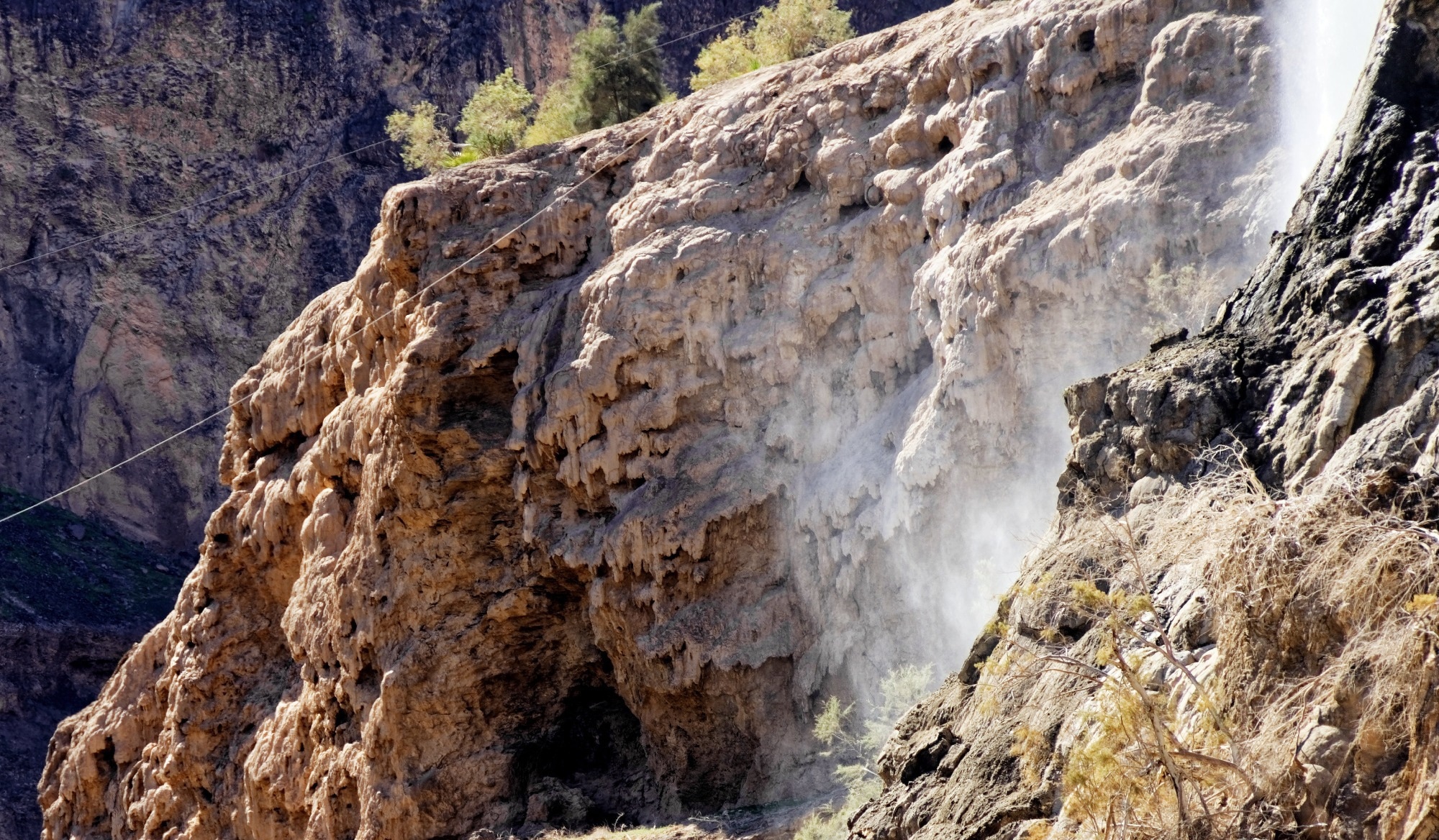In a recent article published in Geological Magazine, researchers focused on the Aileron Province in central Australia, an area known for its carbonatite mineralization that hosts significant deposits of niobium, rare earth elements (REE), and other critical metals. A primary goal is to improve understanding of the magmatic and hydrothermal processes that concentrate valuable elements, informing exploration strategies and mineral resource assessments.

Image Credit: geogif/Shutterstock.com
What are Carbonatites?
Carbonatites are alkaline, silica-undersaturated igneous rocks that are sources of REEs, niobium, and other strategic metals. Their formation is commonly associated with extensional tectonic regimes and mantle processes, often coinciding with supercontinent breakup events like Rodinia.
The Aileron Province is geologically significant because it contains multiple carbonatite and ultramafic intrusions that have undergone complex geological histories involving magmatism, hydrothermal alteration, and mineralization.
Previous studies identified mineral deposits and geophysical evidence suggestive of potential for economically valuable mineralization, but these carbonatites' precise timing and genesis remained uncertain. Clarifying their age and their relationship with regional tectonics was vital for assessing future resource potential and understanding the processes driving mineral deposit formation.
The Study
The study employed a comprehensive suite of analytical techniques to investigate the age and geochemistry of carbonatites in the Aileron Province.
Mineral samples were carefully prepared for in situ geochronological analysis, including zircon, apatite, biotite, and carbonate minerals.
Laser ablation inductively coupled plasma mass spectrometry (LA-ICP-MS) was used to determine U-Pb isotopic ratios in zircon and apatite, utilizing reference materials to ensure accuracy.
For Hf isotope analysis, zircon grains were subjected to LA-Hf isotopic measurements, providing insights into mantle source characteristics.
To establish precise age constraints, samples underwent detailed petrographic examination, followed by chemical analyses to assess mineral textures and composition, highlighting evidence of hydrothermal alteration.
Sr–Nd–Hf isotopic ratios were measured on whole-rock powders and mineral separates to decipher the genetic links between the carbonatites and their mantle sources.
Data reduction incorporated standard calibration procedures, and the results were interpreted considering potential post-emplacement modifications.
The integration of multiple dating techniques and isotope systems allowed for a robust reconstruction of the temporal and petrogenetic history of the rocks, enabling a deeper understanding of the geodynamic processes that influenced their formation.
Results and Discussion
The integration of mineral dating revealed that the carbonatites in the Aileron Province were emplaced predominantly during the Tonian period, approximately between 830 and 820 million years ago. This event coincides with the broader geological context of the breakup of the Rodinia Supercontinent, supporting a hypothesis that extensional tectonics facilitated magma ascent along reactivated crustal structures.
The mineral ages indicated a primary magmatic emplacement that was subsequently modified by hydrothermal processes, as evidenced by textural and geochemical features in apatite and biotite.
Isotope analyses demonstrated that the source of the carbonatite magmas was a depleted mantle, metasomatically overprinted, aligning with isotopic signatures observed in nearby lamprophyre rocks.
The similarity in isotopic characteristics amongst different intrusions indicates a shared mantle source that supplied multiple magmatic pulses over a relatively short geological timeframe.
These carbonatites were linked to extensional regimes that created pathways for magma migration, often along crustal boundaries and zones of weakness. Such structural controls are consistent with global patterns of carbonatite emplacement during supercontinent breakup, as seen in other regions worldwide.
Critically, the study underscores the importance of recognizing and separating the magmatic emplacement age from later hydrothermal alterations that sometimes overprint primary mineral signatures.
Understanding this complex history is crucial for mineral exploration, especially of Nb and REE deposits, as economic mineralization is often associated with hydrothermal phases that can modify original mineral distributions.
The findings suggest that the main mineralizing event aligns closely with the primary emplacement around 830–820 Ma, with subsequent fluid activity occurring between 650 and 720 Ma.
Conclusion
This comprehensive multi-method study exemplifies how precise geochronology combined with isotope geochemistry can unravel the complex history of carbonatite systems. It confirms that the Aileron Province’s carbonatites formed during a dynamically extensional phase associated with the breakup of Rodinia, which created structural conduits for magma ascent and mineralization. The research emphasizes that the peak magmatic and mineralization activities occurred approximately 830–820 Ma, a period tightly linked to large-scale tectonic processes that promoted the formation of economically significant mineral deposits.
These insights are highly valuable for mining and exploration. They reveal that the prime mineralization phase is closely tied to the initial magmatic emplacement, with hydrothermal processes refining and potentially enhancing the resource potential.
Ultimately, the combination of precise dating and isotopic fingerprinting offers a powerful approach for unlocking the mineral wealth associated with carbonatites, providing a model that can be applied to similar globally distributed systems linked with supercontinent cycles and extensional tectonics.
Journal Reference
Dröllner M., Kirkland C.L., et al. (2025). Multi-method geochronology and isotope geochemistry of carbonatites in the Aileron Province, central Australia. Geological Magazine. 162:e33. doi:10.1017/S0016756825100204, https://www.cambridge.org/core/journals/geological-magazine/article/multimethod-geochronology-and-isotope-geochemistry-of-carbonatites-in-the-aileron-province-central-australia/C8E2E9B2805C2ABD983510827464C0B9